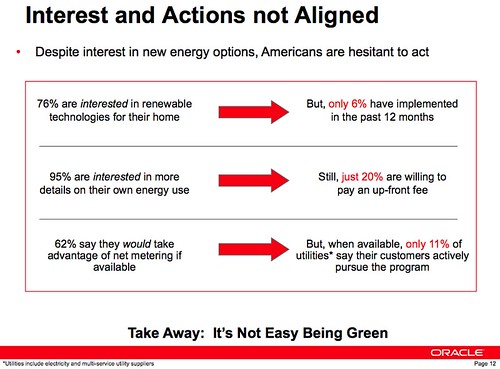LEED (short for Leadership in Energy and Environmental Design) is a building rating system, developed by the U.S. Green Building Council (USGBC), that provides a suite of standards for environmentally sustainable construction.
In 2006 Adobe’s HQ in San Jose became the world’s first commercial enterprise to achieve a total of three Platinum certifications under the LEED program – a hugely impressive achievement.
I was lucky enough to be given a tour of the facility when I was there recently – some notable stats – in working towards LEED certification Adobe:
– reduced electricity use by 35%
– natural gas by 41%
– domestic water use by 22%
– irrigation water use by 76%
Also, Adobe is now recycling or composting up to 95% of solid waste.
One of the great things about the LEED certification is that it has an ongoing re-certification element (Adobe has chosen to be audited every 3 years) and there is a constant process of improvement.
Related articles by Zemanta
- LEED certified buildings on the rise! (greenmonk.net)
- Pot O’ (LEED) Gold (googleblog.blogspot.com)
- Shangri-La Construction Unveils World’s First Aviation Hangar To Achieve LEED Paltinum Certification (greenbuildingelements.com)
- LEED Goes to School: Considering Green Design in the Architecture Classroom (greenbuildingsNYC.com)
- LEED(TM) Canada Certification Now Available for New Homes (newswire.ca)
- Adobe Livecycle streamlines LEED certification process (greenmonk.net)

‘





